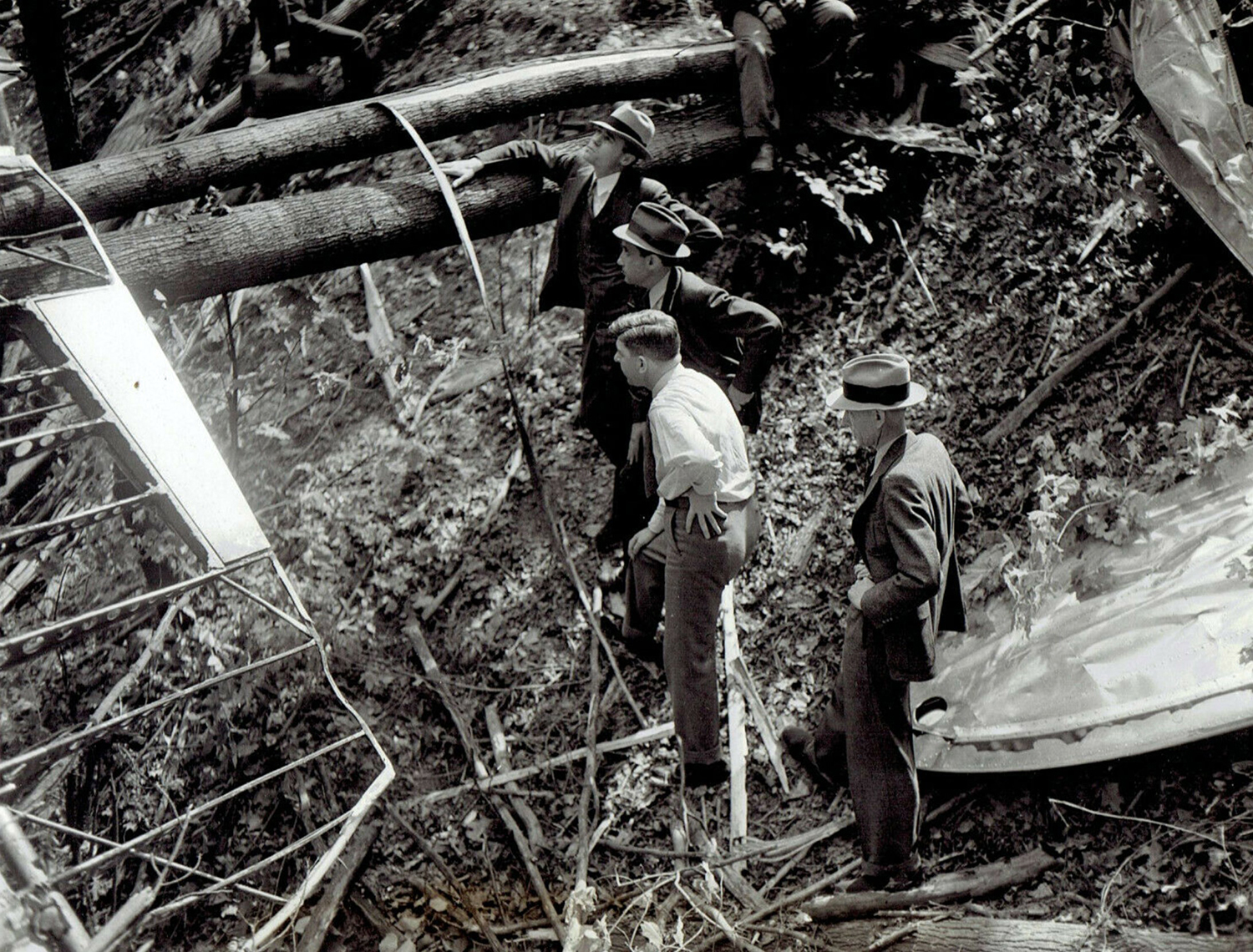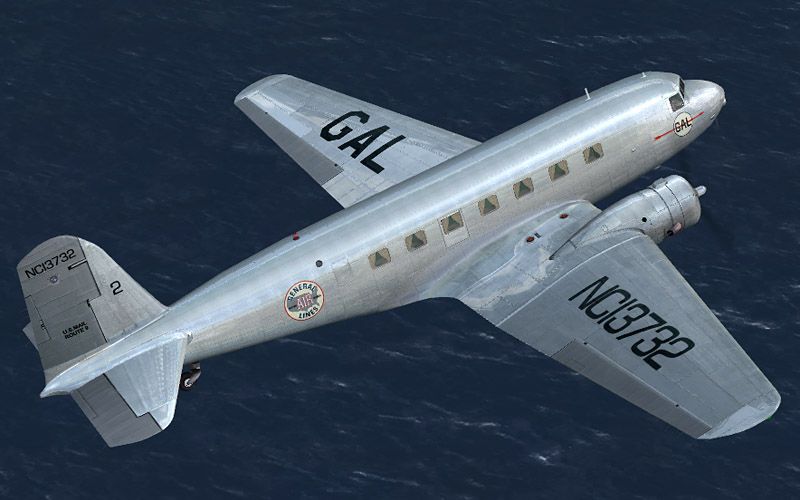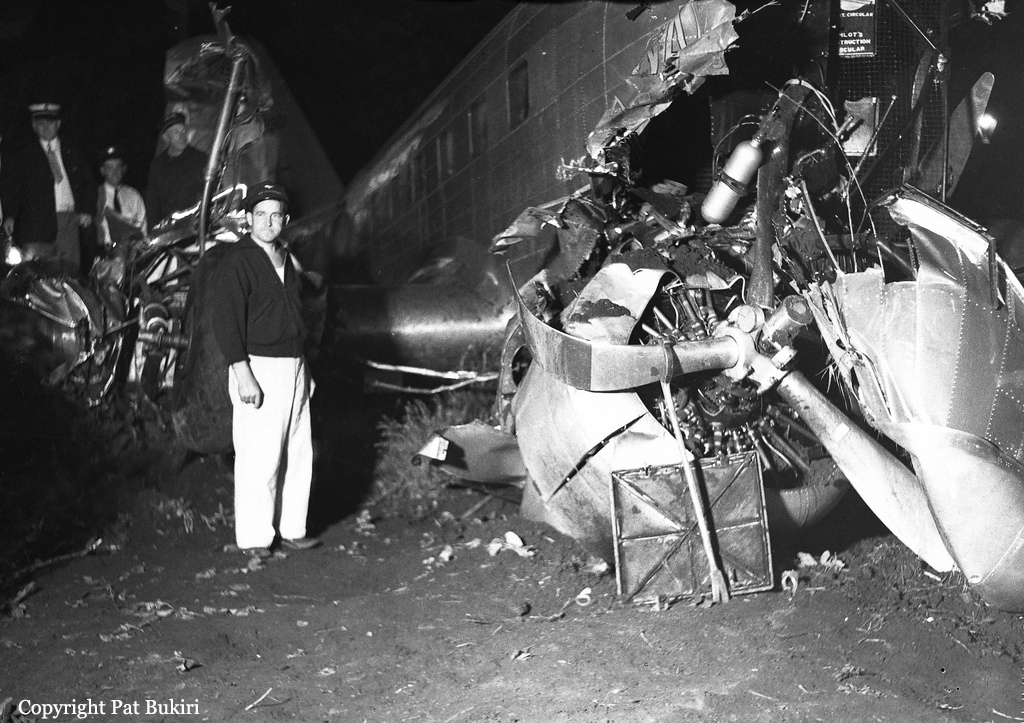Crash of a Douglas C-47A-25-DK in Charleston: 5 killed
Date & Time:
Dec 31, 1946
Registration:
NC88873
Survivors:
No
Schedule:
Newark – Charleston – Miami
MSN:
13640
YOM:
1944
Crew on board:
5
Crew fatalities:
Pax on board:
0
Pax fatalities:
Other fatalities:
Total fatalities:
5
Circumstances:
On approach to Charleston Airport, the crew encountered poor weather conditions and was forced to make a go around. Few minutes later, the captain tried an approach to another runway but did not realized that his altitude was too low. The aircraft hit tree tops and crashed in flames in a wooded area located about 3 miles short of runway. All five occupants were killed. It was reported by a local police officer that an unidentified control tower operator had given the pilot permission to land shortly before the plane crashed. The plane was en route from Newark to Miami to pick up cargo, and was carrying an extra pilot and two stewardesses as "dead-heads."
Crew:
Amos Austin, pilot,
James McNeal, pilot,
Elmer Kortman, copilot,
Olga Badman, stewardess,
Doris Wynn, stewardess.
Crew:
Amos Austin, pilot,
James McNeal, pilot,
Elmer Kortman, copilot,
Olga Badman, stewardess,
Doris Wynn, stewardess.









